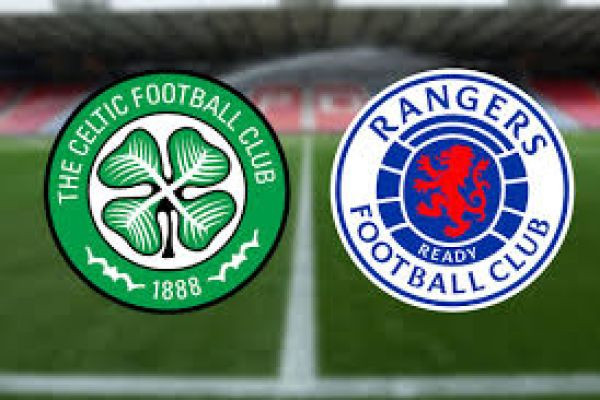The fixture between Glasgow’s two behemoths, Celtic FC and Rangers FC, known universally as the Old Firm, transcends the traditional boundaries of sport. It is a rivalry defined less by geographical proximity—though their stadiums are separated by mere miles—and more by the confluence of political, religious, and national identities that have shaped modern Scotland for over a century. This clash is not merely a contest for three points or a domestic trophy; it is a raw, often visceral, expression of deep-seated cultural allegiances, making it one of the most compelling and combustible sporting events on the planet.
The Foundation of Opposing Identities
The origins of the divide are rooted in nineteenth-century Glasgow. Celtic, founded in $1887$, drew its support base primarily from the city’s Irish immigrant community, which was predominantly Catholic. The club became an institution of refuge and identity for this population, adopting Irish nationalist symbolism and a green-and-white aesthetic. In contrast, Rangers, established earlier in $1872$, solidified its core support within Scotland’s Protestant working class and those who identify strongly with British unionism. The club became associated with Loyalist culture, often displaying British flags and adopting a red, white, and blue palette. Thus, the Old Firm quickly crystallized into a representation of the broader, often conflicting, identities of Irish Catholic heritage versus Scottish Protestant/Unionist tradition.
This societal split permeates match day. Slogans, songs, and banners often refer to the sensitive political fault lines of Northern Ireland and the British Isles, lending the derby an atmosphere of profound intensity that can, unfortunately, spill into hostility. The rivalry, therefore, acts as a cultural mirror reflecting the complexities of Scottish identity, history, and integration.
The Sporting Battle for Hegemony
On the pitch, the rivalry is a constant battle for dominance, fueled by the fact that the two clubs have historically shared almost all domestic success. They are widely recognized as Scotland's two largest and most successful teams, making their head-to-head record and trophy counts the benchmark of success. Since the $1980$s, the Scottish Premiership title has been almost exclusively won by one of the Old Firm clubs, creating intense pressure to succeed not just for glory, but to deny the other side success.
Recent years have seen shifts in this dynamic. Following Rangers’ financial difficulties and subsequent return to the top flight in the $2010$s, the rivalry has entered a new phase of intense competitiveness. Celtic enjoyed a period of sustained success, securing nine consecutive league titles and a treble of consecutive domestic trebles (the "Treble Treble")—an unprecedented feat. However, Rangers’ return to dominance, culminated by securing the $2020-2021$ title, showcased the cyclical nature of the rivalry. The constant back-and-forth ensures that every Old Firm match, regardless of its timing in the season, is pivotal in setting the momentum for the league campaign. The tactical setups—often favouring high-pressing football, deep defensive blocks, and reliance on set pieces due to the emotional volatility of the fixture—are often secondary to the mental fortitude required to perform under unparalleled pressure.
Global Reach and Legacy
While rooted in Glasgow, the Old Firm has a global footprint, attracting massive viewing figures internationally, especially among the Scottish and Irish diaspora in North America, Australia, and beyond. This widespread attention solidifies the Old Firm as a significant cultural export. The constant pressure of maintaining the standards set by their respective histories means that both clubs operate under scrutiny rarely experienced elsewhere in European football. Whether competing for a league title or an early-season cup, the derby remains a zero-sum game: victory offers the ultimate validation of a season's efforts, while defeat can overshadow months of positive work. For millions, the result is less about soccer and more about the affirmation of their own cultural and historical narrative.
In conclusion, the Old Firm is a phenomenon forged in historical conflict and sustained by unrelenting sporting competition. It is a powerful cultural marker that defines the football calendar in Scotland, standing as a unique example of how sport can reflect, channel, and intensely amplify deep-seated societal identities.








